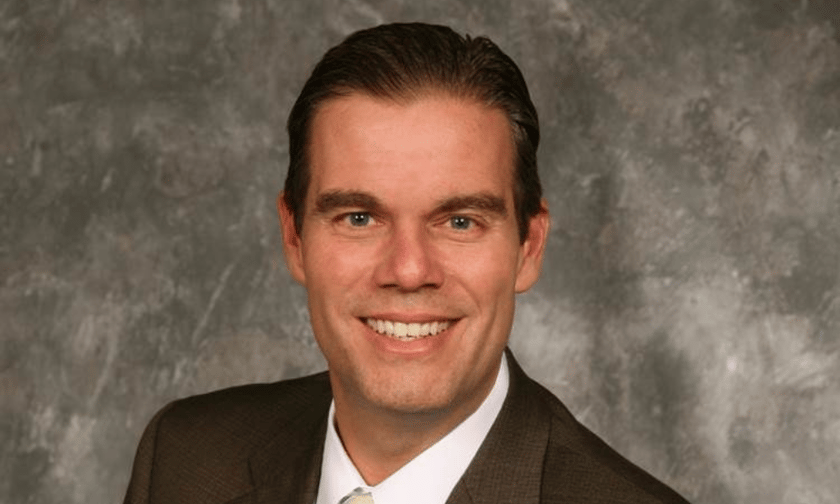

“As the broad economy goes, so does the insurance industry.”
Those were the words of Lockton Companies executive vice president and risk practices leader Mark Moitoso (pictured) during an interview with credit ratings agency AM Best. He pointed out that slower growth is “100% correlated” with lower insurable interest.
“There’s that direct correlation,” said Moitoso, citing current risks to the marketplace and the possibility of continued disruption.
He noted: “We have two active wars, soft conflicts, elevated inflation, soaring sovereign debt, increased political polarization, mass migration, rising cyberthreats, and an emphasis on deglobalization and decarbonization.
“All of these things are going on. And put this against the backdrop that nearly 50% of the world’s populations is heading to the ballots this year. There’s a potential for sustained disruption that I don’t know if has ever been higher, at least in our recent memories.”
Climate risk and social inflation, meanwhile, are also a source of issues for commercial insurers.
Moitoso explained: “Climate risk is clearly having an impact on insurance economics. I think the best way to unpack this is with numbers… In the 1980s, on an average annual basis, the insurance industry would have about $5 billion of catastrophic losses. That’s the average over the decade in the ‘80s.
“Let’s take it in the 2010s now, and it was about $35 billion on average per year. It’s a 7x increase in just a very short amount of time. In the 2020s, we’re averaging nearly $80 billion now. If you think about the overall change in just climate volatility and outcomes, it's enormous.
“I know everyone will say, ‘Yes, Mark, people have moved to the coast’. There’s been migration to the coastlines, I get it. That’s true. You can’t refute demographic shifts as well, but at the end of the day storm severity and volatility has increased.”
Additionally, according to the EVP, social inflation is keeping pressure on third-party coverages.
“Every business deals with managing their cost of goods sold,” he said. “Every company sets a price based on how much the underlying raw commodity is for their product. Insurance is no different.”
What do you think about this story? Share your thoughts in the comments below.
